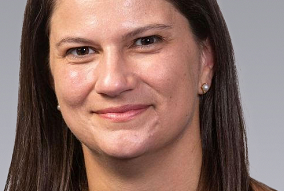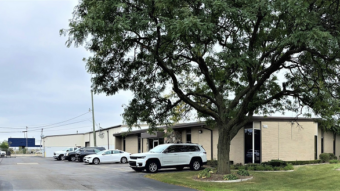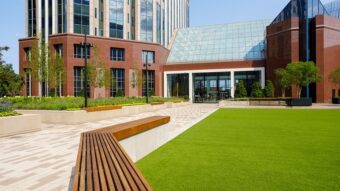In the final days of 2015, industry professionals from all around Chicagoland gathered after hours to celebrate a successful year of deal-making and new relationships by raising their glasses and clinking to a prosperous 2016.
And while these professionals will move forward, change calendars and start new business deals entering the New Year, we seek to answer one question before moving on:
Will the Chicago market perform just as well in 2016 as it did in 2015?
In hopes to answer that question, Chicago Industrial Properties reached out to industry experts to see what they anticipate will happen in the New Year.
Predictions vary and while many are optimistic, it appears that the general consensus is that 2016 won’t necessarily live up to 2015’s performance.
Take for example George Cutro, director of industrial research at JLL, who said that although 2016 will witness another solid year of absorption, he does not expect it to capture the same volume as 2015.
In fact, he predicts that land constraints in the I-55 market will drive big box development to I-80 and the I-88 corridors. Additionally, he explained that rental growth will be tied to economic drivers rather than limited supply. But that’s not all—the Chicago market will see capitalization rates below five percent for Class A product in core plus markets.
Noel Liston, principal at Darwin Realty, also believes this to some extent. With respect to investment activity, he said the firm anticipates continued strong interest for core, stabilized industrial assets.
Like Cutro, Darwin also believes that a few key core assets may sell slightly below a five cap rate in early 2016 although they feel the market is getting close to a floor for cap rates even on the most sought after properties.
Liston also sees an increased demand for Class B industrial assets and a willingness for certain investment groups to venture into this asset class.
“Presently, we see an unusually high spread between capitalization rates for A & B industrial assets,” he explained. “From a historical perspective, the current 250 to 300-point basis spread in cap rates for these assets is too large and will shrink in 2016.”
Neal Driscoll, vice president and city manager at Liberty Property Trust, on the other hand, is optimistic about 2016 barring any bigger economic issues that could change the status quo.
He said that next year will be very similar to 2015 including a balanced level of new construction. We will continue to see a majority of activity in tenant size from 100,000 square feet to 200,000 square feet with bigger box industrial focusing on build-to-suit projects.
Continued interest in infill development and redevelopments are also expected for 2016. Some of the more desired submarkets throughout the greater Chicagoland area have witnessed a noticeable lack of available improved industrial land, according to Liston.
Because of this, he said, developers are forced to create opportunities where they didn’t already exist.
But Darwin has seen several redevelopment projects in 2015 and even anticipate a 15 percent to 20 percent increase for those type of projects in 2016. In addition, the firm anticipates more spec projects in secondary markets because of the continued demand for new construction and lack of available infill industrial sites.
Another possibility Cutro sees happening in the foreseeable future is the chance that firms may leave Chicago and seek out other markets outside the state’s border.
“The economic uncertainty of Illinois will continue to drive some firms to neighboring Wisconsin and Indiana,” Cutro explained. “However, internal growth should be able to absorb those losses.”



